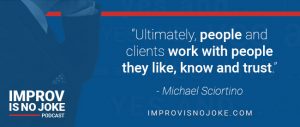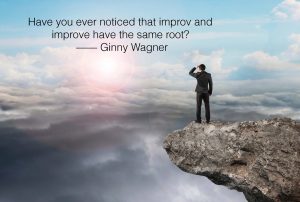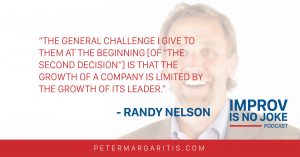 I’ve been looking forward to this conversation with Michael Sciortino, who is the founder and CEO of Gratitude Marketing, for a very long time. He has over 30 years of experience in the area of marketing, is a keynote speaker and trainer and is the author of ‘Gratitude Marketing.’ He comes to us with a wealth of marketing information and he shares some incredible techniques with us today. If you would like to listen to the entire episode, you can click here, or you can download the episode on iTunes, Stitcher or Google Play.
I’ve been looking forward to this conversation with Michael Sciortino, who is the founder and CEO of Gratitude Marketing, for a very long time. He has over 30 years of experience in the area of marketing, is a keynote speaker and trainer and is the author of ‘Gratitude Marketing.’ He comes to us with a wealth of marketing information and he shares some incredible techniques with us today. If you would like to listen to the entire episode, you can click here, or you can download the episode on iTunes, Stitcher or Google Play.
He didn’t get into writing his book like many authors do. Instead of writing a book then developing a seminar and teachings/trainings around it, he started with the seminar first. He put all the tools he’s used for years and what he’s learned from others around the country and tested everything out on live seminar attendees. The feedback and experience he received from this was massaged into a user-friendly format within the book.
‘Gratitude Marketing’ is about recognizing and developing meaningful, memorable relationships with the people that you want to work with for the long-term. “I’m about building long-term relationships and you do that by being concerned more with what the customer or client wants than what your agenda might be.”
Mike is a masterful client-relationship builder and he tries to establish new working relationships by asking the prospective clients about their practice, their clients and their approach to business. This warm caring attitude will lead the prospective client to choose him as the logical choice because of this. Two of his favorite words to get them on his side are “tell me.” “Tell me about your goals… your objectives… what you want for your kids… what you want to do when you retire.”
Gratitude marketing comes naturally to Mike, but some clients or prospective clients don’t see the value in building interpersonal relationships. For these people, Mike asks them what they’ve done in regards to marketing their product. He finds that most traditional marketing speaks at people. Gratitude marketing engages and connects with people. You meet them where they’re at and build a deeper connection through this process.
Expressing gratitude isn’t a one-time thing. It’s a consistent practice that can accomplish The 3 R’s:
- Retention – it increases client retention. It costs 7x more money to find a new client than to retain a client.
- Referrals – by far the best marketing strategy is to cultivate a consistent referral program. Client referrals cost effectively doubles your business.
- Revenues – taking care of retention and referrals takes care of revenues. “Ultimately, people and clients work with people they like, know and trust.”
An incredible expression of gratitude to your current clients that helps to build relationships and which leads to referrals and more business is to personally hand-write three thank you cards every day. There’s always somebody to show gratitude towards, and taking the time to do this is the greatest habit you can build that will be so much more valuable than you could ever imagine.
But, all the gratitude in the world won’t help if you don’t have a business worth sharing with others. Mike’s a big believer in “we don’t get what we don’t ask for,” but clients are only willing to refer if you give a service that’s referable.
Mike dropped some incredible nuggets of information and some actionable steps we could all jump at right now to improve our businesses no matter the industry. I’m thankful for the time that he gave to me and the podcast today.
Remember to sign up for the YES AND Challenge by visiting my website www.petermargaritis.com and scrolling down to the YES AND Challenge call to action box and click to sign up.




